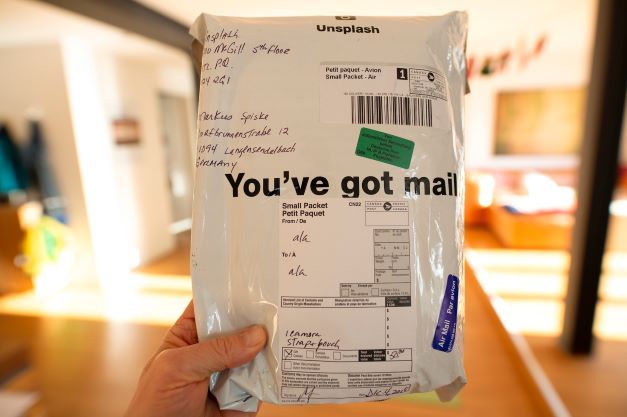How postal service innovates with new technologies
Use the mail and parcels model to your advantage while the postal service works to improve its services using modern technologies.

The postal service has not vanished; rather, technical advancements in recent years, particularly during the pandemic, have resulted in a transition and adaption to these developments. Postal courier services were maintained for many years, and stamps were required as payment for shipping.
Because of the social separation that the health crisis indicated, the populace began to connect intensely through various digital media: email, instant messaging (WhatsApp), and even Facebook and Instagram, which gradually adapted old mail to new technology.




